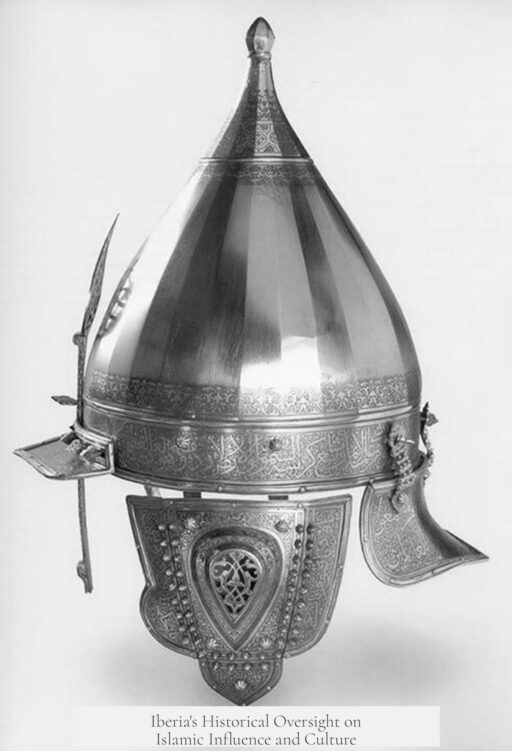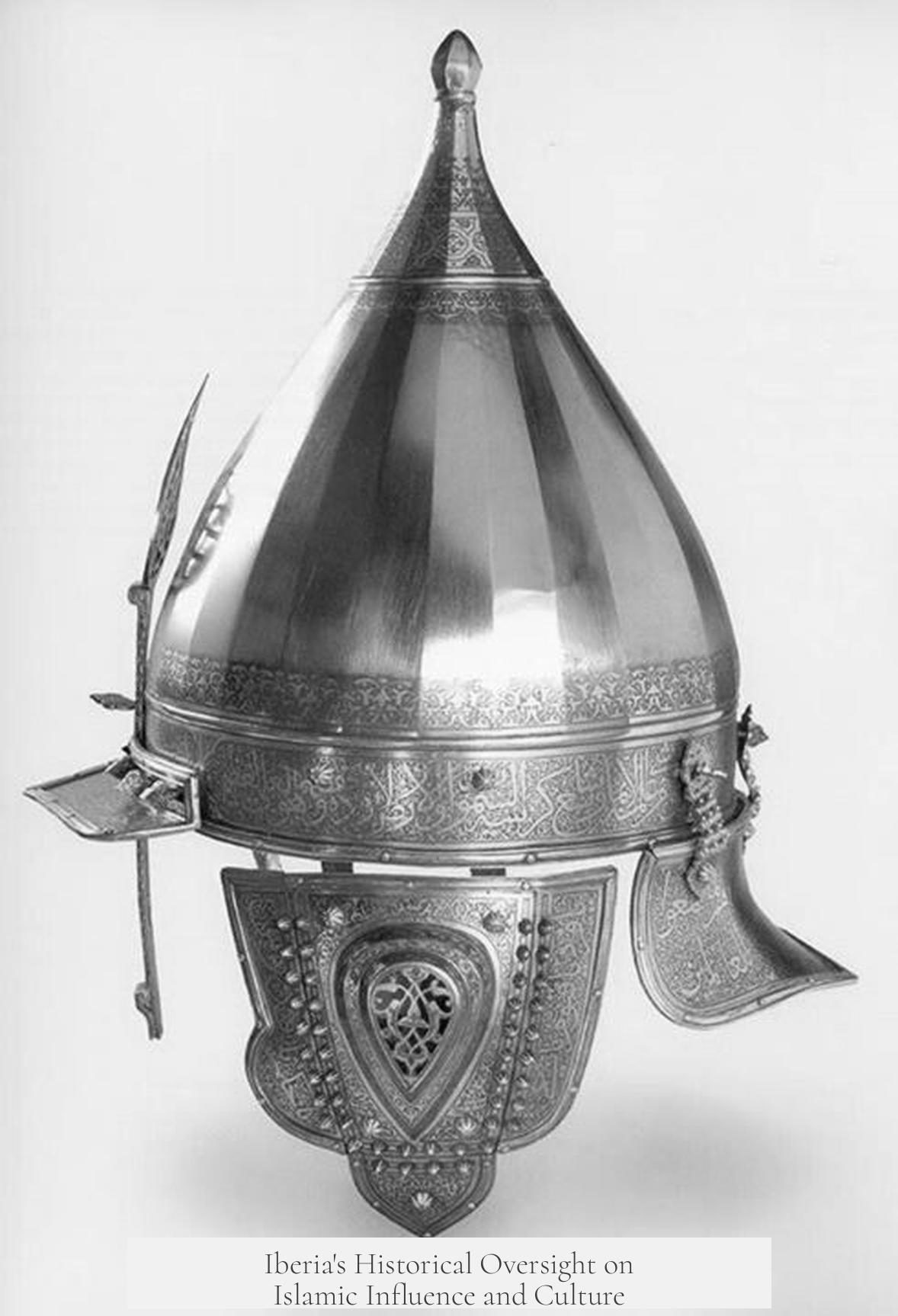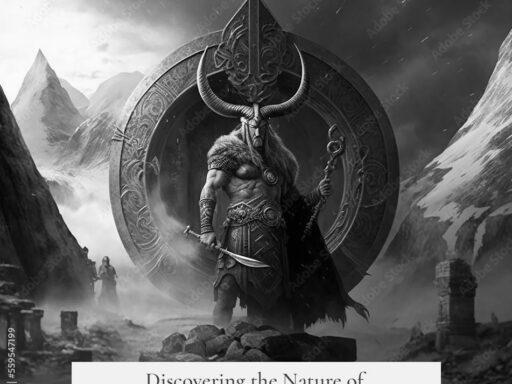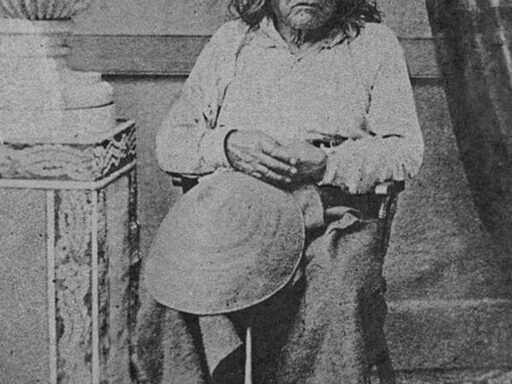Iberia missed the boat on Islam because Islamic rule was partial, unstable, and followed by aggressive Christian reconquest and anti-Islamic policies.
Muslim rule never covered the entire Iberian Peninsula for 800 years. Muslim control was largely limited to Andalusia. After the early 8th century Muslim conquest, the Kingdom of Asturias in the north was founded, marking the start of the Reconquista. By 1200 AD, Christian kingdoms controlled more than half the peninsula. Thus, Islam’s influence spanned centuries but only over a significant portion of southern Iberia.
The religious landscape was complex. Muslim rulers encouraged conversion to Islam but did not mandate it. Christians and Jews, respected as “people of the Book,” lived under Muslim rule, paying a special tax (jizya). Converts from Christianity, called Muladi, gradually blended culturally with Arabic-Berber Muslims. Christian communities known as Mozarabs adopted Arab language and culture while maintaining their faith.
Christian kingdoms also showed some religious tolerance after retaking territory. Muslim subjects known as Mudéjares were often allowed to remain under Christian rule. Therefore, between the 8th and 15th centuries, societies across Iberia included Muslims, Christians, and Jews living together. Although conversions and migrations pushed toward religious uniformity, coexistence continued in various degrees.
By 1249, Muslim power had drastically reduced. The Emirate of Granada remained as the only Muslim-majority state on the peninsula. It was a final bastion where Arabic language and Muslim culture survived. However, by the late 15th century Christian kingdoms had gained full control.
The Reconquista officially ended in 1492 with Christian conquest of Granada. Initially, the Treaty of Granada granted some rights and tolerance to Moors (Muslims in Iberia). However, rising pressure to convert intensified quickly. A Moorish rebellion in 1499 led to treaty revocation. Muslims were forced to exile or convert to Christianity, mirroring the earlier forced expulsion or conversion of Jews.
The descendants of converted Muslims, the Moriscos, faced continued suspicion and marginalization. Over the 16th century, they endured deportations and social exclusion. The final large-scale expulsion of Moriscos occurred under Philip III between 1609 and 1614. Only a few thousand remained, nearly assimilated into Christian Spanish culture.
This trajectory explains why Iberia did not fully Islamize. Islamic rule was geographically partial and lacked long-term stability, especially in the northern regions. Continuous Christian resistance and eventual dominance stopped further expansion of Islamic culture. Subsequently, Spain’s deliberate anti-Islamic policies, including forced conversion and expulsion, stripped Islam of its foothold, especially in Andalusia.
| Factor | Explanation |
|---|---|
| Geographic Scope | Muslim rule was mostly confined to Andalusia, with Christian kingdoms holding the north early on. |
| Religious Tolerance Under Islam | Non-Muslims lived as protected minorities (Christians, Jews) but conversion to Islam was encouraged, not forced. |
| Christian Tolerance | Christian rulers often permitted Muslim subjects (Mudéjares) in reconquered territories initially. |
| Reconquista Outcome | By 1492, entire peninsula under Christian rule; treaty initially allowed Muslim rights but reverted after rebellion. |
| Anti-Islamic Policies | Forced conversions, exile, and eventual Morisco expulsion by early 17th century sealed Islam’s decline. |
| Religious Homogenization | Conversions, migrations, and enforcement led to dominance of Christianity in Iberia. |
The Muslim presence in Iberia was thus significant but limited by geography and politics. Long-standing Christian resistance constrained Muslim rule from the start. Coexistence occurred but gradually gave way to religious homogenization under Christianity. The Reconquista ended Muslim sovereignty, and subsequent policies eradicated Islamic cultural dominance.
Key takeaways:
- Muslim rule spanned centuries but was limited mostly to southern Iberia (Andalusia).
- Islamic rulers allowed religious minorities under a protective-tax system, not forced conversions.
- Christian kingdoms exhibited some tolerance but aimed for religious unification.
- The Reconquista gradually expelled Muslims, culminating in the fall of Granada in 1492.
- Treaty protections for Muslims were revoked after rebellions, leading to forced conversions and expulsions.
- Moriscos faced suspicion and were ultimately expelled by early 17th century Spain.
- Iberia’s missed islamization reflects incomplete Muslim control and aggressive Christian reconquest policies.
Why did Iberia miss the boat on Islam?
Simply put, Iberia missed the boat on Islam because Muslim rule was limited and unstable, mainly confined to Andalusia, while northern Christian kingdoms resisted conversion and ultimately reclaimed the peninsula with fierce anti-Islamic policies. That’s the bottom line. But buckle up—let’s unpack the fascinating reasons behind this historic hiccup.
The common misconception is that Muslim rule lasted 800 years across the entire Iberian Peninsula. Reality check: it didn’t. Muslim control mainly stuck around in southern Iberia, specifically Andalusia. The Reconquista—the Christian effort to reclaim the land—started just years after the Muslim conquest. By 1200 AD, more than half the peninsula was back under Christian rule. So yes, 800 years of Islamic presence, but only in pockets, not the whole Peninsula. That’s like owning half a pizza, but calling it a whole pie just because you ate first!
Now, you might wonder, “If Islam stuck around so long, why didn’t the whole peninsula convert?” Turns out, Muslim rulers were surprisingly chill for their time. They encouraged conversion to Islam but didn’t make it compulsory. Christians and Jews—dubbed \”people of the Book\”—were allowed to live under Muslim rule as long as they paid a special tax (called jizya). This created distinct communities: the Muladi, Christians who converted and blended with Arab-Berber Muslims, and the Mozarabs, Christians who adopted Arab culture but kept their faith. It’s like cultural and religious diversity was woven into the fabric of the society, even if Islam was the dominant faith.
Meanwhile, on the Christian side, tolerance wasn’t zero. After reconquering lands, Christian kings sometimes let Muslim subjects—known as Mudéjares—stay on. That suggests there wasn’t a total religious cleanse immediately, though the pressures would mount over time. This coexistence of multiple faiths—Christianity, Islam, Judaism—added complexity, but also made the peninsula a patchwork of religions and cultures, rather than a monolith.
By 1249, Muslim presence had drastically shrunk. The Emirate of Granada was the only Muslim-majority state left, with Arab-speaking people dominating there. Outside this region, the Christian kingdoms were growing stronger, and religious conversion accelerated, either through genuine change or emigration of minorities. This paints a picture of a peninsula slowly molding itself into religious homogeneity—not overnight, but steadily.
And then comes the dramatic 1492, a pivotal year that history buffs know well. The Reconquista ended officially—the entire Iberian Peninsula was under Christian rule. The Treaty of Granada initially granted Moors some rights and a semblance of religious tolerance. However, that calm didn’t last. By 1499, faced with a rebellion, Spain revoked the treaty. Muslims were forced to flee, convert, or face harsh consequences. Think of this as forcing everyone to jump into the Christian boat—or get left behind on a sinking ship.
The converts, called Moriscos, faced suspicion and marginalization. Over the 16th century, their lives worsened, leading to mass deportations and finally expulsion between 1609-1614 under Philip III. The few who remained gradually blended into Spanish Christian culture, effectively erasing Islamic influence in the region. Spain’s aggressive anti-Islamic policies sealed the fate of Islam in Iberia.
So why did Iberia “miss the boat” on Islam? Well, the main reason is simple: Islam never truly seized the whole peninsula nor maintained a stable hold in the north. Plus, post-Reconquista Spain was highly determined to eliminate Islamic presence, reversing centuries of coexistence and cultural exchanges. It’s as if Iberia had one foot in the Islamic world but then slammed the door firmly shut by the 16th century.
This raises an interesting question: how might history have been different if the northern Christian kingdoms had been more receptive or if Muslim rule had spread evenly across Iberia? Could a richer blend of religions and cultures have flourished? Or would the political tensions simply have exploded sooner?
In any case, the legacy stuck. Today, Andalusia shows traces of this incredible Islamic past—architecture like the Alhambra, linguistic loanwords, and culinary influences—but the full “Islamic Iberia” dream was never realized across the entire peninsula. The patchy Muslim presence plus Christian reconquest policies created a unique, multi-layered religious history instead.
To sum up, **Iberia missed the boat on Islam because Muslim rule was geographically limited, socially complex, and politically unstable. The determined Christian Reconquista eventually led to forced conversions and the expulsion of Muslims, effectively ending Islamic dominance and influence outside a small southern pocket.**
Understanding this can help us appreciate Iberia as a crossroads of religions and cultures shaped by conflict, tolerance, and transformation. It’s a reminder that history is rarely black or white—more often, it’s shades of coexistence, resistance, and compromise. So next time you visit Spain, remember: behind the flamenco and fiestas lies a deep story about a boat that, quite simply, never sailed all the way.




